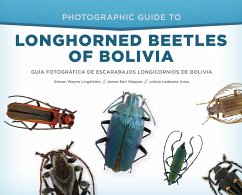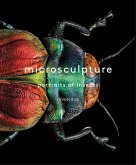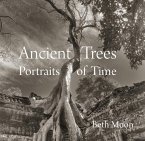With loss of habitats throughout the world occurring at a staggering rate, it is critical to document what is being lost. This book strives to do that by focusing on longhorned woodboring beetles in Bolivia. Wholesale clearing of large tracts of land kills everything or forces species to move quickly to other areas, disrupting the balance of the ecosystem. This book will help people discover and appreciate some of the amazing diversity of life that exists in the undeveloped and/or remote natural areas of Bolivia. Nearly 1,900 species of longhorned woodboring beetles (Disteniidae, Vesperidae, and Cerambycidae) are known from Bolivia (with more than 200 species yet to be determined). This work features 500 of them, representing the breadth of morphological evolution.
Hinweis: Dieser Artikel kann nur an eine deutsche Lieferadresse ausgeliefert werden.
Hinweis: Dieser Artikel kann nur an eine deutsche Lieferadresse ausgeliefert werden.








